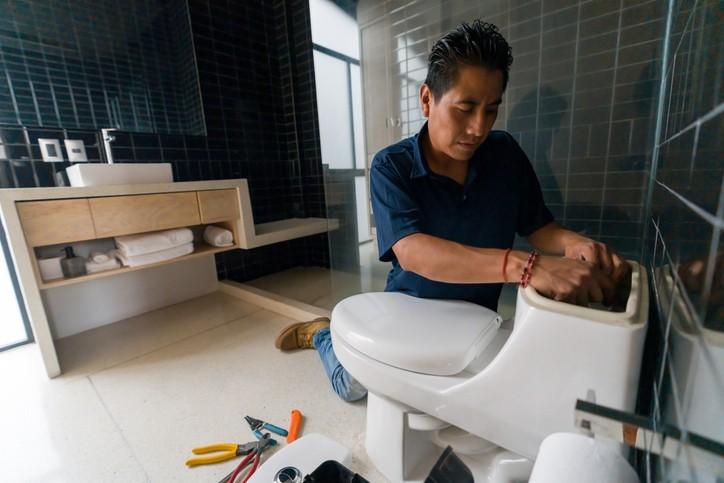Why Toilets Fail in Commercial Buildings and What Fixes Them Fast

Toilets in restaurants, schools, gyms, and offices take a beating. One flush? Multiply that by a hundred—daily. When something backs up or refuses to flush, it’s not just a plumbing problem—it’s bad for business. Timing, sanitation, and customer trust are on the line. Professional commercial toilet repair services in Los Angeles, CA, don’t just solve the obvious issues. They start with precision checks, designed to keep downtime short and problems gone for good.
1. Tankless Systems Can Fail Without Warning
Many commercial buildings use pressure-assisted or flushometer toilets, not the tank-and-bowl setup from home. These systems rely on strong water flow, valves, and sensors. If any part misfires, flushing either weakens or won’t trigger at all. That’s why plumbers check pressure balance, debris buildup, and valve timing—so you don’t end up with silent failures that frustrate everyone in the building.
2. Repeat Clogs Signal a Bigger Issue in the Line
If you’ve plunged the same toilet more than once this month, something else is going on. Commercial-grade toilets are built to handle volume. But if flushes lag or back up, there’s likely something in the waste line that shouldn’t be there—or the slope’s off. Pipe inspections and hydro jetting come into play here. It’s also when a tech might check other drainage, like sinks or kitchen units, and ask about garbage disposal repair and installation in Los Angeles, CA, if cross-lines are involved.
3. Gaskets and Seals Wear Down Fast in Heavy-Use Units
Toilets that run nonstop or leak at the base usually aren’t cracked—they’re worn. In high-traffic zones, rubber gaskets around flush valves or wax rings under bowls break down way faster than residential models. Replacing just those pieces—without guessing—makes all the difference. Plumbers also check for signs of mold or water damage from long-term leaks hidden behind tiles or under flooring.
4. Poor Venting Can Tank Toilet Performance
If the toilet flushes slowly or makes bubbling noises, the problem might be up on the roof—not underground. Commercial setups rely on vent stacks to release air and keep waste flowing cleanly. Blocked vents can cause backups, gurgles, or sewer smells that seem to have no obvious source. Fixing it might mean clearing a vent, adjusting a line angle, or resealing a loose connection. All of it matters.
5. Don’t Skip Preventive Checks During Off-Hours
Most commercial toilet disasters hit during business hours when there’s no time to shut things down. Booking a checkup when the doors are closed helps catch weak valves, minor leaks, or early clog signs before they explode into full downtime. It’s the small stuff that keeps operations running, especially when you’ve got dozens of toilets across floors or wings. When commercial toilets fail or have an issue, they don’t wait for a slow day. And every delay costs money, foot traffic, or worse—bad reviews. The fix isn’t always a plunger or a new part. It’s experience, fast diagnostics, and repairs that prevent repeat issues. Commercial toilets work differently from the ones at home, and they need a specialist who understands that from the flush valve to the floor flange.
Do you need someone who understands high-volume fixtures, fast diagnostics, and efficient repairs that won’t interrupt business flow? Call Mike Diamond Plumbing & HVAC at 1-800-446-6453 to schedule service that works on your clock.
